
An Alaska man was recently killed by a brown bear on his property near the Kenai River last week. A Montana man was severely mauled by a grizzly and only survived thanks to his wife’s quick thinking of running the bruin off with their pickup. Unfortunately, if you live in or recreate in bear country these horrific events can happen to you as well.
But Todd, bear attacks are extremely rare, you’ve got more chance of being struck by lightning…. That statistic only counts if you rarely venture into ursine habitat. For those of us who live around bears and hunt, hike, fish, or just spend time in the woods it is only a matter of time until an encounter happens, it’s not if you’ll run into a bear, it’s when. Knowing how to handle encounters and avoid them as much as possible is very important as we approach hunting seasons across bear country.
Here are some tricks I’ve used in over 100 close up bear encounters from Alaska, Canada and Michigan to Wyoming that have thus far kept my hide intact and those with me safe as well.
- Stay in the open – travel in the open as much as possible so you don’t bump into an unseen bear and startle it. Bears don’t like to be startled.
- Hang meat high and in a visible spot – Of course I like to hang my game meat as high as possible to keep it away from bears but keeping it visible from a distance is sound practice as well. On Kodiak Island I’d stash my meat bags on an open tundra knoll with zero brush around it. There were no trees and I could glass those white bags from a long ways off. If they weren’t there, it wasn’t much of a question why.
- Work fast! – A dead buck or bull in grizzly country is a ticking time bomb. A bear is going to find the carcass and the longer you spend hanging around it the better chance you have of a problem.
- Hunt as a team – This goes double for elk. Bulls are big and getting an entire elk out in one trip is preferable in bear country (read grizzly). If you don’t have stock, several buddies are the next best thing. Not only will you be able to get a bull out in one fell swoop, you can watch each other’s six too.
- Stay calm – When you do come face to face with Ole’ Slewfoot losing your cool will most likely not end well for you. Don’t run, don’t yell, don’t overreact. If the bear is flat out charging you it has most likely deemed you as a threat and is doing what bears do when faced by threats, eliminating or neutralizing. If the bear is steadily approaching you it most likely has a predatory intent. Either way this is where bear spray and/or your weapon come into play. Do all you can to deter the bear’s advance. If you cannot it is time to either fight back or play dead. Charging bear? Play dead. Stalking bear? Fight for your life!
- Reading a bear’s body language – It will tell you If you can back away from an encounter calmly or if you need to yell and appear intimidating. You don’t want to make a bear charge by being aggressive but you also don’t want to look weak. It’s a hard thing to know and my general rule is to talk calmly and firmly to any bear I come across until I can figure out what it’s going to do.
I’m no bear expert but I’ve learned how to hunt and recreate in bear country through years living in it and from more encounters than I can count. I’ve been charged, I’ve used spray, I’ve spoken both war and peace to various bears. I’ve always been fortunate enough to walk away unscathed. A lot of that is God’s hand but some of it is knowing how to handle situations when they arise. These are just some of the things I’ve learned from 42 years living with bears.
 Eastmans' Official Blog | Mule Deer, Antelope, Elk Hunting and Bowhunting Magazine | Eastmans' Hunting Journals
Eastmans' Official Blog | Mule Deer, Antelope, Elk Hunting and Bowhunting Magazine | Eastmans' Hunting Journals
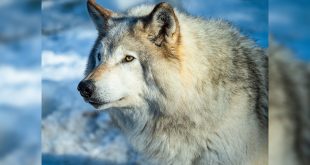
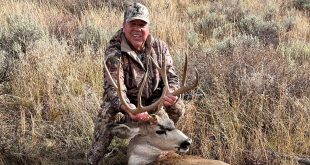
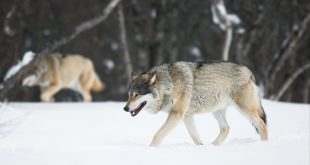
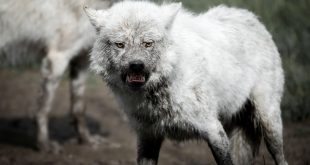
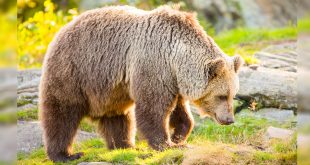
“Stalking bear? Fight for your life!”…..Hmmm. Undoubtedly good advice in the real world but I think you (we) would be hard pressed to justify that to the warden & prosecutors, who take a very dim view of killing a “protected” animal without an immediate, danger-close encounter, i.e., a charge. Consolation, you are alive to go to court?
And I’d like to see the families of murdered and maimed sue the pants off the government idiots who brought grizzlies and wolves into non-historic areas A personal accounting for decisions that have dramatic impact on the lives of those of us who have lived over half a century in formerly wildlife rich terrain. Name names.